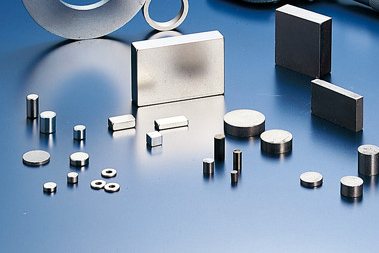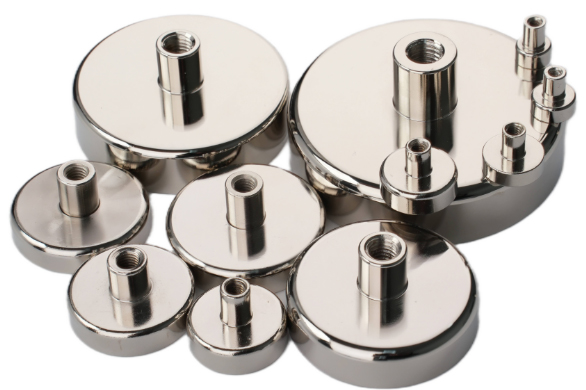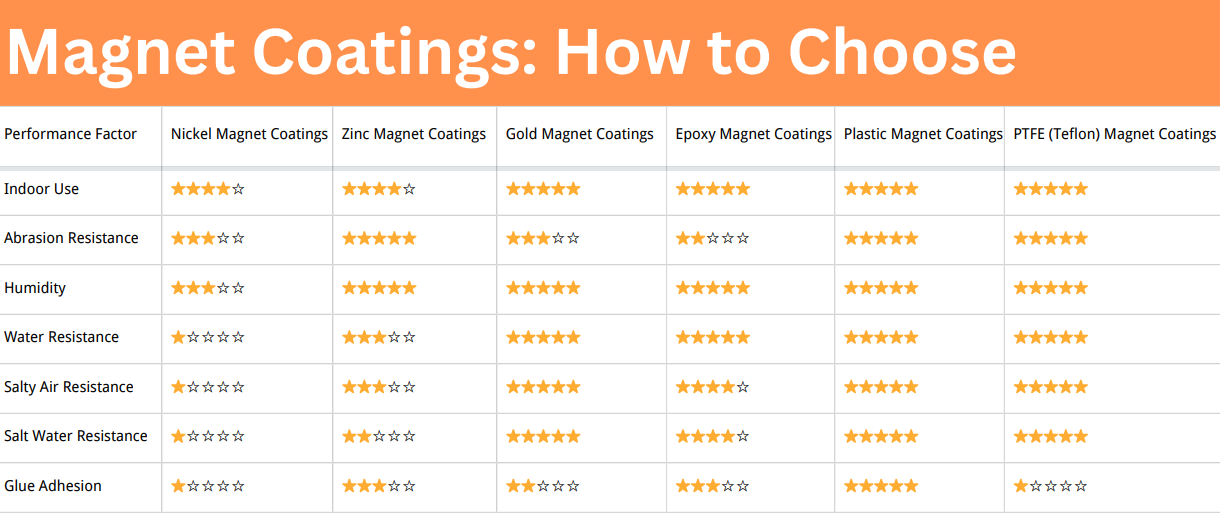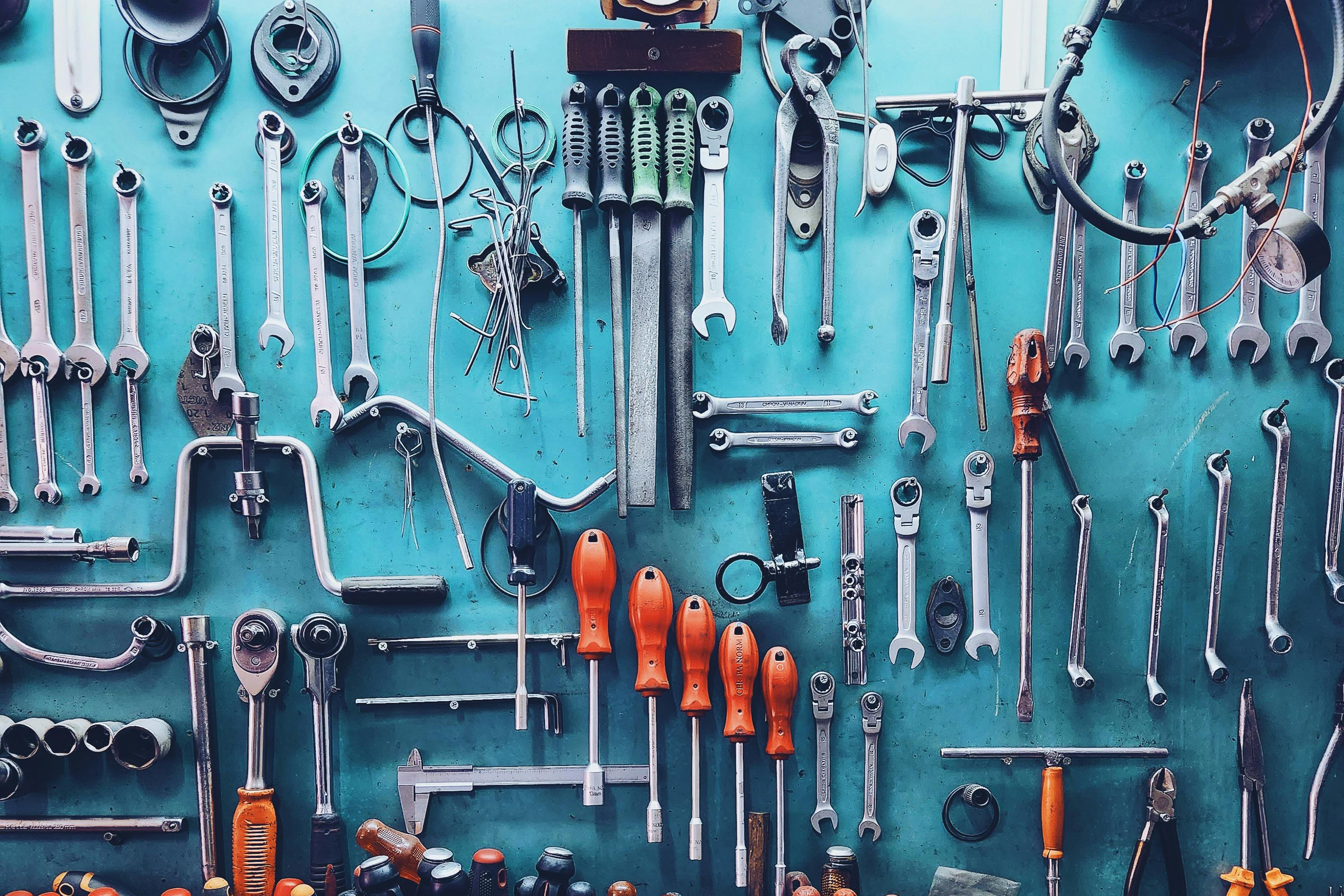Neodymium Iron Boron (Nd-Fe-B)
Neodymium Iron Boron (Nd-Fe-B) Basics
Sintered neodymium-iron-boron (Nd-Fe-B) magnets are the most powerful commercialized permanent magnets available today, with maximum energy product ranging from 26 MGOe to 52 MGOe.

Nd-Fe-B is the third generation of permanent magnet developed in the 1980s. It has a combination of very high remanence and coercivity, and comes with a wide range of grades, sizes and shapes.
With its excellent magnetic characteristics, abundant raw material and relatively low prices, Nd-Fe-B offers more flexibility in designing of new or replace the traditional magnet materials such as ceramic, Alnico and Sm-Co to achieve high efficiency, low cost and more compact devices.
A powder metallurgy process is used in producing sintered Nd-Fe-B magnets. Although sintered Nd-Fe-B is mechanically stronger than Sm-Co magnets and less brittle than other magnets, it should not be used as structural component.
Selection of Nd-Fe-B is limited by temperature due to its irreversible loss and moderately high reversible temperature coefficient of Br and Hci. The maximum application temperature is 200 °C for high coercivity grades. Nd-Fe-B magnets are more prone to oxidation than any other magnet alloys. If Nd-Fe-B magnet is to be exposed to humidity, chemically aggressive media such as acids, alkaline solutions salts and harmful gases, coating is recommended. It is not recommended in a hydrogen atmosphere.
Property Table for Neodymium Iron Boron (Nd-Fe-B)
|
Property |
Notes |
|
|
Chemical Composition |
Nd₂Fe₁₄B (with minor additives like Dy, Co) |
May include dysprosium or terbium to improve thermal stability. |
|
Maximum Energy Product (BHmax) |
30 – 52 MGOe (239 – 414 kJ/m³) |
N52 grade provides the highest known value for commercial magnets. |
|
Remanence (Br) |
1.0 – 1.48 T (10,000 – 14,800 Gauss) |
Indicates the magnet's residual flux density. |
|
Coercivity (Hc) |
750 – 2000 kA/m |
Intrinsic coercivity can go up to 3000 kA/m with dysprosium doping. |
|
Curie Temperature |
310 – 400 °C |
Typically around 320 °C for standard NdFeB; varies with alloy composition. |
|
Maximum Operating Temp. |
80 – 230 °C |
Depends on grade; higher grades (e.g. N48SH) operate up to 150–230 °C. |
|
Density |
~7.5 g/cm³ |
Higher than ferrite (~5.0 g/cm³). |
|
Electrical Resistivity |
~150 μΩ·cm |
Low resistivity; prone to eddy current losses if not laminated or coated. |
|
Corrosion Resistance |
Poor (without coating) |
Typically coated with nickel, epoxy, or Parylene for protection. |
|
Mechanical Strength |
Brittle |
Not suitable for structural loads; chips and cracks easily if mishandled. |















